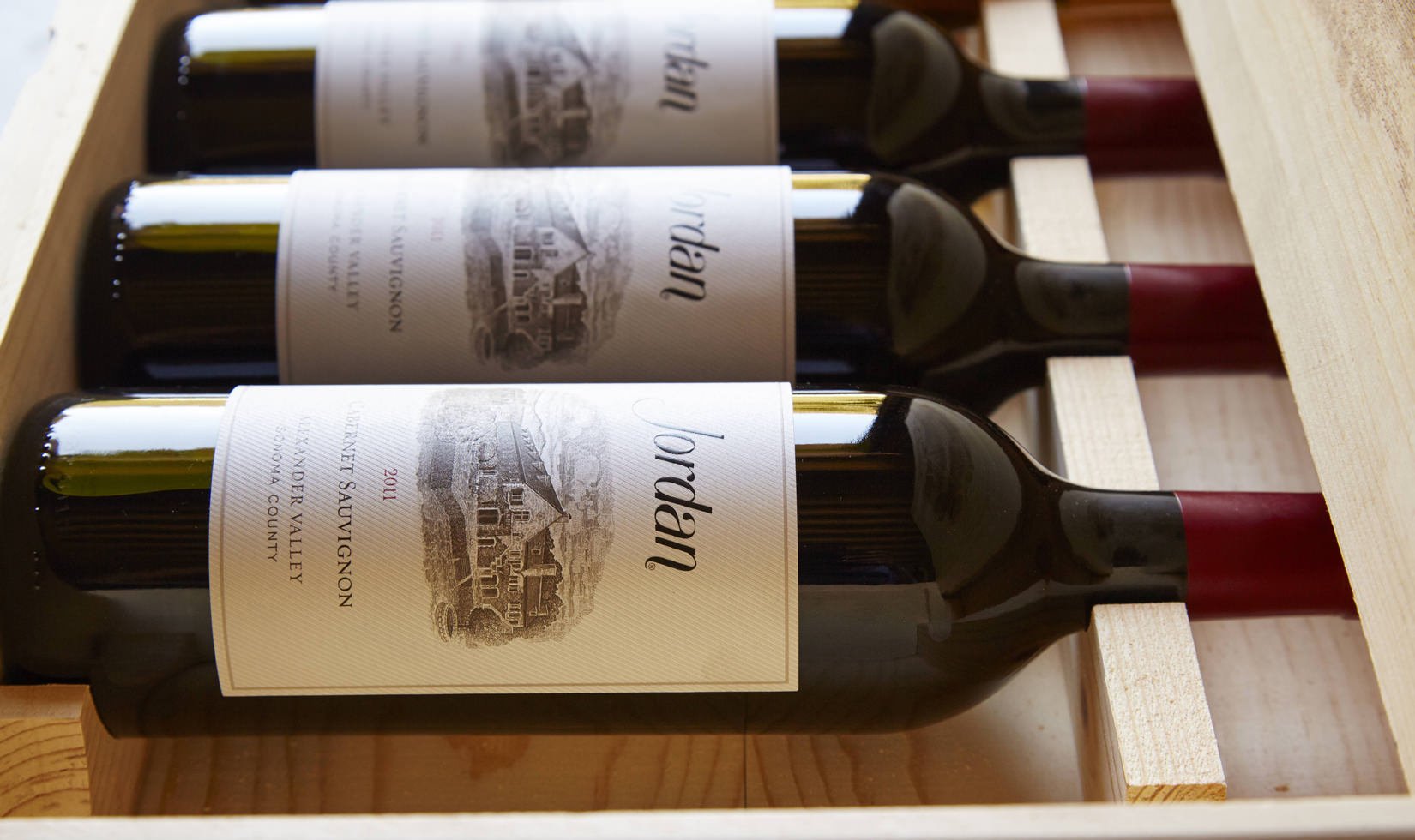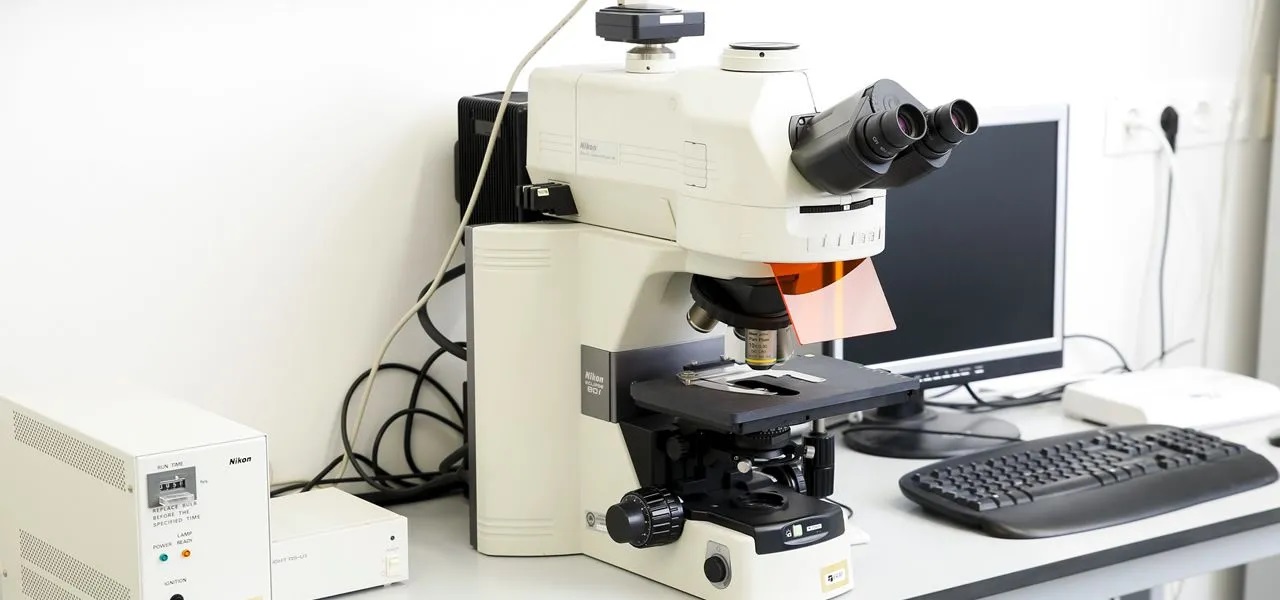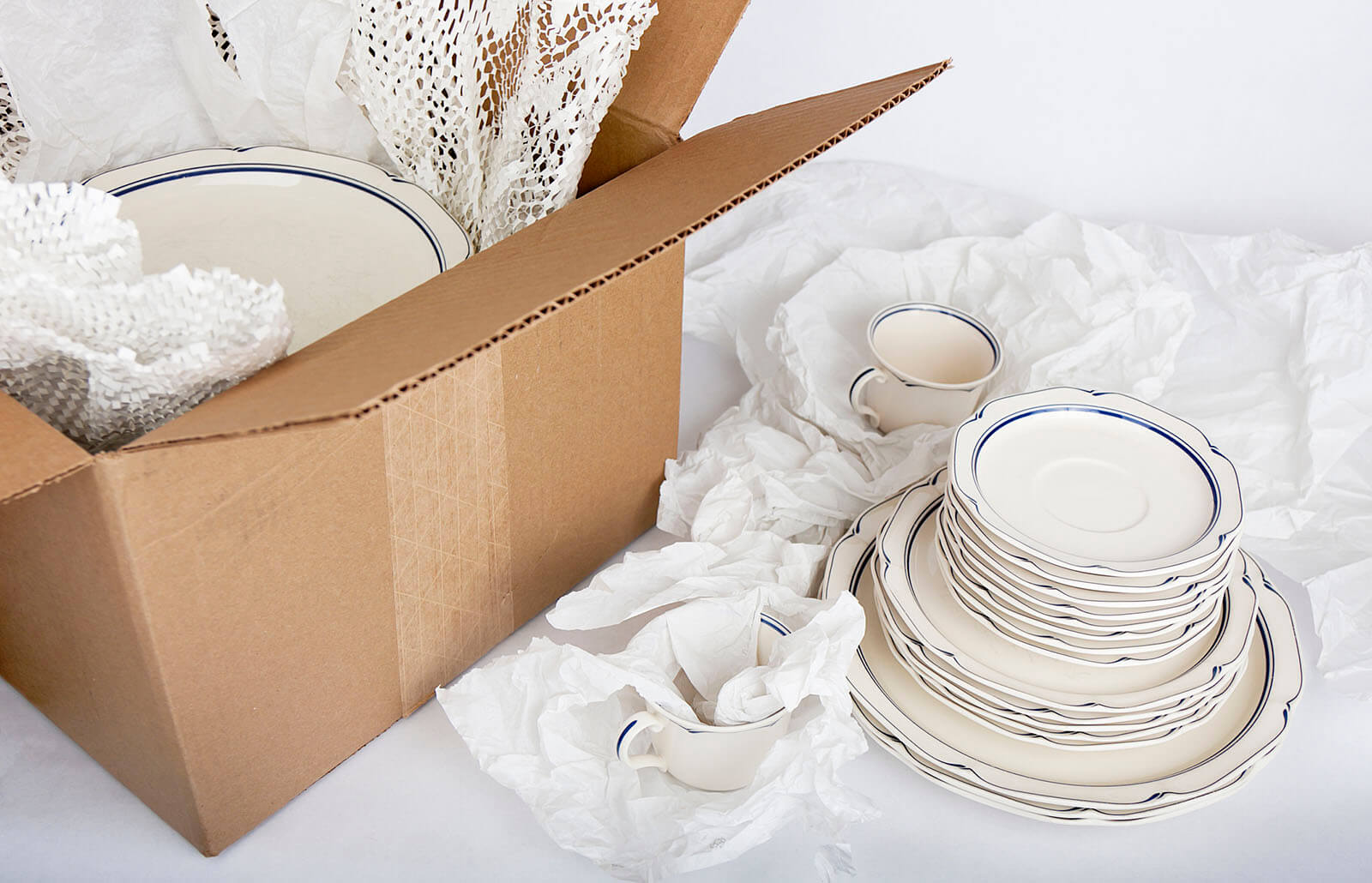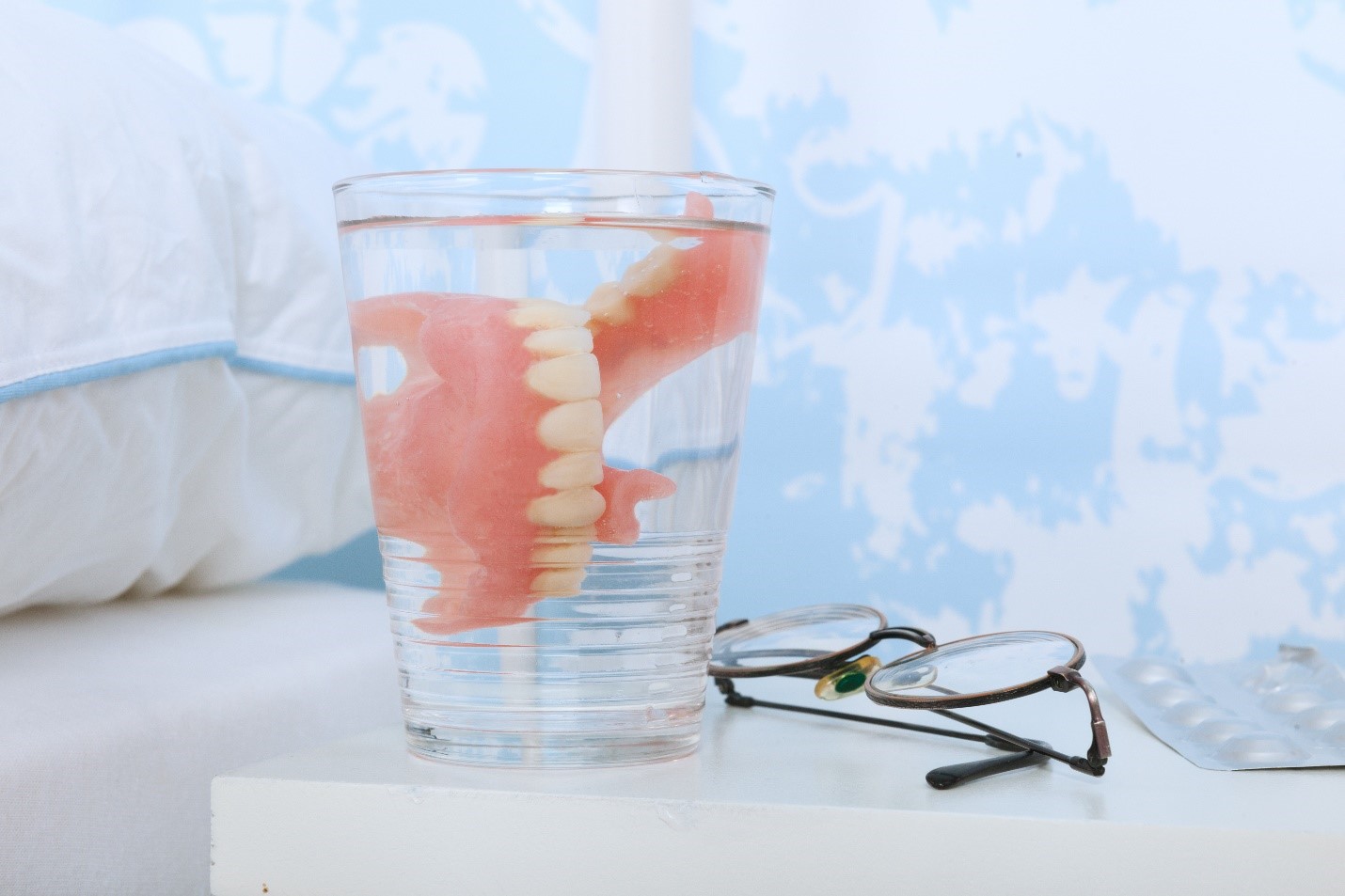

Articles
How To Store Cabernet Sauvignon
Modified: March 19, 2024
Discover the best articles on how to store Cabernet Sauvignon properly, ensuring optimal flavor and aging. Expert tips and techniques for wine enthusiasts.
(Many of the links in this article redirect to a specific reviewed product. Your purchase of these products through affiliate links helps to generate commission for Storables.com, at no extra cost. Learn more)
Introduction
Cabernet Sauvignon is one of the most popular and widely recognized red wine grape varieties in the world. Known for its bold flavors and complex aromas, it has become a favorite among wine enthusiasts and collectors alike.
However, in order to fully appreciate the nuances and characteristics of Cabernet Sauvignon, it is crucial to store it properly. Proper storage not only ensures that the wine retains its quality and flavors, but it also allows the wine to mature and develop over time.
In this article, we will delve into the art of storing Cabernet Sauvignon. We will explore the factors that can affect the wine’s storage, the ideal conditions for keeping it at its best, and practical tips for long-term storage.
Whether you are a wine connoisseur looking to build a cellar or a casual wine lover interested in preserving a few bottles, this guide will provide you with the knowledge and tools to store your Cabernet Sauvignon in the best possible way.
Key Takeaways:
- Proper storage of Cabernet Sauvignon is essential for preserving its quality, allowing it to mature, and ensuring a delightful tasting experience. Understanding ideal storage conditions and factors affecting storage is crucial.
- Creating the perfect environment for long-term Cabernet Sauvignon storage involves investing in proper storage equipment, practicing patience, and actively monitoring and maintaining wine cellar conditions. Enjoying well-stored Cabernet Sauvignon involves proper decanting, appropriate glassware, food pairing, and savoring the experience.
Understanding Cabernet Sauvignon
Cabernet Sauvignon is a red grape variety that originated in the Bordeaux region of France. It is now grown and produced in many wine regions across the globe, including California, Australia, Chile, and Italy. This grape variety is known for its thick skins, small berries, and high tannin levels, which contribute to its bold and complex flavors.
The wine produced from Cabernet Sauvignon grapes is typically full-bodied, with rich flavors of blackcurrant, dark cherry, and spice. It often exhibits notes of cedar, tobacco, and vanilla, thanks to the oak aging process commonly used in its production.
One of the key characteristics of Cabernet Sauvignon is its ability to age and develop over time. Young Cabernet Sauvignon wines tend to be more tannic and fruit-forward, while older vintages tend to soften and develop more complexity.
It is important to note that not all Cabernet Sauvignon wines are created equal. Different regions and winemaking techniques can yield distinct styles and flavor profiles. It is worth exploring and tasting wines from different wine regions to discover your preferences.
When it comes to storing Cabernet Sauvignon, understanding the nature of the wine is essential. The elements that make this wine unique also play a role in how it should be stored to preserve its quality and allow it to reach its full potential.
Factors Affecting Cabernet Sauvignon Storage
Several factors can significantly impact the storage of Cabernet Sauvignon and influence its aging potential. By understanding these factors, you can make informed decisions about how to store your bottles and ensure they age gracefully.
Temperature
Temperature is perhaps the most critical factor when it comes to storing Cabernet Sauvignon. Fluctuations in temperature can cause the wine to expand and contract, which can lead to oxidation or spoilage.
The ideal temperature for storing Cabernet Sauvignon is between 55°F (13°C) and 60°F (15.6°C). It is crucial to avoid exposing the wine to extreme temperatures, as excessive heat can accelerate the aging process, while freezing temperatures can damage the wine.
Humidity
Humidity levels play a crucial role in maintaining the integrity of the cork and preventing it from drying out. Corks dry out when exposed to low humidity, which can cause air to seep into the bottle and spoil the wine.
An optimal humidity level for Cabernet Sauvignon storage is between 50% and 70%. This range helps keep the cork moist and prevents any potential leakage or oxidation.
Read more: How To Store Sauvignon Blanc
Light
Exposure to light, especially ultraviolet (UV) light, can have detrimental effects on wine. UV rays can break down the complex compounds in wine and result in undesirable flavors and aromas.
It is best to store Cabernet Sauvignon bottles in a dark or dimly lit environment to minimize light exposure. If storing wine in a wine cellar or cellar-like environment is not possible, consider using wine storage solutions that offer UV protection.
Vibration
Excessive vibration can agitate the sediments in wine, which can affect its flavor and overall quality. Vibrations can be caused by nearby machinery, traffic, or even household appliances.
When storing Cabernet Sauvignon, it is advisable to keep the bottles in a stable and vibration-free environment. Choose a location away from any potential sources of vibrations to ensure the wine matures undisturbed.
Proximity to Odors
Wine is highly susceptible to capturing odors from its surroundings. If stored near strong-smelling substances such as cleaning products, spices, or even fruits, the wine can absorb these odors and develop off-flavors.
Keep Cabernet Sauvignon away from any odorous substances to preserve its original aroma and taste. A dedicated wine storage area or cellar is ideal for mitigating the risk of odor contamination.
By being mindful of these factors and taking the necessary precautions, you can create an optimal storage environment for your Cabernet Sauvignon, allowing it to age gracefully and reach its full potential.
Ideal Storage Conditions for Cabernet Sauvignon
Proper storage conditions are crucial for maintaining the quality and aging potential of Cabernet Sauvignon. By providing the optimal environment, you can ensure that your bottles are preserved in the best possible way. Here are the ideal storage conditions for Cabernet Sauvignon:
Temperature
The ideal temperature for storing Cabernet Sauvignon is between 55°F (13°C) and 60°F (15.6°C). This range allows the wine to age slowly and develop complex flavors. Avoid subjecting the wine to extreme temperatures, as it can impact its quality and accelerate the aging process.
It’s important to note that consistency in temperature is equally important as the actual temperature. Fluctuations in temperature can be detrimental to the wine’s quality, so aim for a stable environment.
Humidity
Maintaining the right humidity level is essential for storing Cabernet Sauvignon. The recommended humidity range is between 50% and 70%. This level of humidity keeps the cork moist and prevents it from drying out, ensuring a proper seal and reducing the risk of oxidation. Using a hygrometer can help you monitor and maintain the humidity in your storage space.
Read more: How To Store Sauvignon Blanc
Light
Shielding your Cabernet Sauvignon bottles from light, especially ultraviolet (UV) light, is crucial to prevent the degradation of the wine. UV rays can break down the complex compounds in the wine, leading to undesirable flavors and aromas.
Store your bottles in a dark or dimly lit area, away from direct sunlight or bright artificial lights. If your storage space has windows, consider using blinds or curtains to protect the wine from UV exposure.
Ventilation
A well-ventilated storage area allows air circulation, which is beneficial for maintaining the overall quality of the wine. Proper ventilation helps prevent the accumulation of odors and reduces the risk of mold or musty smells.
However, it’s important to strike a balance, as excessive airflow can lead to the wine drying out. Avoid storing your wine in areas with strong drafts or near vents that can cause rapid changes in temperature or humidity.
Read more: How Many Carbs In A Glass Of Cabernet
Minimal Vibrations
Minimizing vibrations is crucial to allow the wine to age undisturbed. Vibrations can disrupt the sediments in the wine, affecting its flavor and clarity. Choose a storage location that is away from any potential sources of vibrations, such as heavy machinery or high-traffic areas.
Proper Orientation
When storing wine bottles with cork closures, it is essential to store them horizontally or slightly inclined. This position ensures that the cork remains in contact with the wine, preventing it from drying out and allowing for a proper seal.
If you have screw-cap bottles or synthetic cork closures, the orientation is less critical, and the bottles can be stored upright if preferred.
By maintaining these ideal storage conditions, you can significantly enhance the aging potential and overall quality of your Cabernet Sauvignon. Creating the optimum environment for your wine collection is a key step in ensuring an exceptional tasting experience when the time comes to uncork those cherished bottles.
Choosing the Right Storage Environment
When it comes to storing Cabernet Sauvignon, selecting the right storage environment is crucial to maintaining the quality of the wine. Here are some factors to consider when choosing the ideal storage setting:
Wine Cellar or Wine Storage Unit
An ideal storage environment for Cabernet Sauvignon is a wine cellar or a dedicated wine storage unit. These spaces are designed to provide optimal conditions, including temperature and humidity control, darkness, and minimal vibrations.
If you have the space and resources, investing in a wine cellar or wine storage unit is an excellent long-term solution to store and age your Cabernet Sauvignon collection properly.
Read more: How Many Calories Is A Glass Of Cabernet
Temperature Control
Ensuring that the storage environment has temperature control capabilities is essential. Fluctuations in temperature can negatively impact the wine, causing premature aging or spoilage.
Look for a storage location that allows you to set and maintain the desired temperature range for storing Cabernet Sauvignon (between 55°F and 60°F). Some wine storage units come equipped with built-in temperature control features, while others may require additional cooling systems.
Humidity Control
In addition to temperature control, humidity control is equally important. Proper humidity levels help prevent the corks from drying out, maintaining their seal and protecting the wine from oxidation.
Consider a storage environment that allows you to monitor and adjust humidity levels. A humidity range of 50% to 70% is ideal for preserving the quality of Cabernet Sauvignon.
Darkness
Exposure to light, especially UV light, can be harmful to wine. It can lead to a breakdown of compounds in the wine, resulting in undesired flavors and aromas. Therefore, it is crucial to store your Cabernet Sauvignon bottles in a dark or dimly lit environment.
Choose a storage location that minimizes or eliminates exposure to direct sunlight or bright artificial light sources. Consider using wine storage solutions with UV protection, such as tinted glass or opaque wine storage containers.
Security
Ensuring the security of your stored wine is paramount. Look for a storage environment that offers adequate security measures, such as restricted access, surveillance systems, and temperature/humidity alarm systems.
This will provide you with peace of mind, knowing that your valuable Cabernet Sauvignon collection is safe and protected.
By carefully considering these factors and choosing the right storage environment, you can create the ideal conditions for preserving your Cabernet Sauvignon collection. Whether it’s a professionally designed wine cellar or a wine storage unit, maintaining the integrity of the wine is key to enjoying it at its best.
Storing Cabernet Sauvignon Bottles
When it comes to storing Cabernet Sauvignon bottles, there are a few key practices to keep in mind to ensure they remain in optimal condition. Here are some guidelines for storing Cabernet Sauvignon bottles:
Horizontal Orientation
For bottles sealed with cork closures, it is best to store them horizontally or slightly inclined. This orientation keeps the cork in contact with the wine, preventing it from drying out. A dry cork can lead to air exposure and the subsequent oxidation of the wine.
Storing bottles horizontally also helps the wine age evenly as the liquid comes into contact with the entire cork, maintaining the proper seal and reducing the risk of leakage.
Modest Stacking
While it may be tempting to stack your Cabernet Sauvignon bottles to save space, it is important to be mindful of the weight and pressure applied to the bottles. Excessive stacking can lead to breakage or compromised seals, resulting in potential wine loss or oxidation.
If you must stack bottles, use wine racks or specialized wine storage systems that are designed to safely and securely hold the weight of the bottles. Be cautious not to stack bottles too high to avoid any accidents or damage.
Consistent Temperature
As mentioned earlier, maintaining a consistent temperature is crucial for the proper storage of Cabernet Sauvignon. Avoid placing the bottles in areas prone to temperature fluctuations, such as near windows, heat sources, or vents.
If storing the bottles outside of a wine cellar or climate-controlled environment, choose a cool and stable location in your home. A closet or basement area away from direct sunlight and heat sources can be suitable for short-term storage.
Read more: How Much Sugar In A Glass Of Sauvignon Blanc
Avoid Strong Odors
Cabernet Sauvignon is highly sensitive to absorbing odors from its surroundings. To preserve the integrity of the wine, store your bottles away from strong-smelling substances such as cleaning products, spices, or even pungent foods.
Consider using wine storage containers or individual bottle sleeves to further protect your Cabernet Sauvignon from potential odor contamination.
Easy Accessibility
Organize your Cabernet Sauvignon bottles in a way that allows for easy accessibility and rotation. This allows you to keep track of the wines’ vintage and aging progress without disturbing the rest of the bottles.
If you have a sizable collection, consider implementing a labeling or inventory system to keep track of the location and details of each bottle.
By following these guidelines, you can ensure that your Cabernet Sauvignon bottles are stored correctly, preserving their quality and aging potential. Proper storage practices contribute to the overall enjoyment and longevity of your prized wine collection.
Tips for Long-Term Cabernet Sauvignon Storage
If you’re planning to age your Cabernet Sauvignon for an extended period, here are some tips to maximize the wine’s aging potential and ensure its quality over time:
Invest in Proper Storage Equipment
Consider investing in a wine cellar, wine refrigerator, or a temperature-controlled storage unit specifically designed for long-term wine storage. These storage solutions offer consistent temperature and humidity control, protecting your Cabernet Sauvignon from fluctuations that can negatively impact its aging process.
Keep a Wine Journal or Inventory
Maintain a wine journal or inventory to keep track of the wines you have and their aging progress. Note down important details such as vineyard, vintage, and date of purchase. This helps you keep track of which bottles are ready to be enjoyed and which ones should continue aging.
Store Wines of Different Vintages
When building a long-term collection of Cabernet Sauvignon, it can be beneficial to include wines of different vintages. This allows you to experience the evolution of the wine over time and appreciate the subtle variations between different years.
Practice Patience
Cabernet Sauvignon is well-known for its aging potential, and it’s important to exercise patience when storing it for the long term. Let the wine mature and develop its complex flavors and aromas over time. Avoid the temptation to open bottles too soon, as the wine may benefit from further aging.
Keep Bottles Undisturbed
Once you have stored your Cabernet Sauvignon bottles, try to resist the urge to constantly move or disturb them. Let the wine settle and allow any sediments to naturally settle at the bottom of the bottle. Moving bottles unnecessarily can disrupt this settling process and affect the wine’s clarity and flavor.
Read more: How To Store Basil From Store
Periodically Check on Bottles
While it is important to avoid unnecessary disturbances, it is still advisable to periodically check on your stored Cabernet Sauvignon bottles. Look for any signs of leakage, mold, or other issues that may compromise the quality of the wine. Regular inspections help ensure that your collection remains in good condition.
Consider Professional Storage
If you lack the suitable storage space or the resources to invest in proper equipment, consider professional wine storage facilities. These facilities provide optimal conditions for long-term storage, including temperature and humidity control, security, and expert management of your collection.
By following these tips, you can create an ideal environment for long-term Cabernet Sauvignon storage. With patience and care, you will have the pleasure of enjoying beautifully aged and refined bottles of Cabernet Sauvignon that have reached their full potential.
Monitoring and Maintaining Wine Cellar Conditions
For wine enthusiasts who have a dedicated wine cellar for storing their Cabernet Sauvignon collection, it is essential to actively monitor and maintain the cellar conditions to ensure the wines age gracefully and retain their quality. Here are some tips for monitoring and maintaining wine cellar conditions:
Read more: How Many Calories Is A Glass Of Cabernet
Temperature Control
Keep a close eye on the temperature inside your wine cellar. Invest in a reliable thermometer and regularly check the temperature readings. Maintain a consistent temperature between 55°F (13°C) and 60°F (15.6°C) to provide the ideal environment for aging Cabernet Sauvignon.
If necessary, adjust the temperature control settings or seek professional assistance to ensure temperature stability in your cellar.
Read more: How To Store Store-Bought Bread
Humidity Levels
The ideal humidity range for wine storage is between 50% and 70%. Low humidity can dry out the corks, while high humidity can promote mold growth. Regularly monitor the humidity levels in your wine cellar using a hygrometer and make any adjustments as needed.
You can maintain proper humidity levels by using humidifiers or dehumidifiers, depending on your specific cellar’s humidity needs. Be mindful not to let the humidity fluctuate too drastically, as this can damage the wine.
Air Circulation
Proper airflow is crucial for maintaining a healthy wine cellar environment. Adequate ventilation prevents the accumulation of musty odors, mold, and mildew. Ensure that your cellar has good airflow by periodically inspecting vents, fans, or air exchange systems.
Avoid storing items that can block air circulation, such as clutter or boxes, and periodically clean the cellar to prevent dust buildup.
Lighting
Light can be detrimental to wine, especially UV light. Ensure that your wine cellar is properly protected from exposure to direct sunlight and bright artificial lights. Install low-intensity or dimmable LED lighting to provide sufficient illumination without the harmful effects of UV rays.
Wine Racks and Organization
Keep your wine bottles properly organized and stored in sturdy and stable wine racks. Regularly inspect the racks for any signs of damage or instability that could pose a risk to your collection.
Maintain a clear system of organization to easily access and rotate your bottles without disturbing the overall organization of the cellar. This will minimize vibrations and ensure the long-term stability of your Cabernet Sauvignon bottles.
Read more: How To Store Basil From Grocery Store
Security and Safety
Keep your wine cellar secure to protect your valuable collection. Install adequate locks, security systems, and consider surveillance cameras to deter theft and ensure the safety of your bottles.
In addition, have a reliable backup power source, such as a generator or uninterruptible power supply (UPS), to safeguard against power outages that could impact the cellar’s temperature and humidity control.
By actively monitoring and maintaining the conditions in your wine cellar, you can create a stable and optimal environment for aging and storing your Cabernet Sauvignon collection. Regular inspections and necessary adjustments will help ensure your wines age gracefully and deliver a delightful tasting experience when the time comes to uncork them.
Enjoying Your Well-Stored Cabernet Sauvignon
After taking the time and effort to properly store your Cabernet Sauvignon, it’s time to reap the rewards and enjoy the fruits of your labor. Here are some tips to ensure you maximize your enjoyment of your well-stored Cabernet Sauvignon:
Proper Decanting
Cabernet Sauvignon, especially older vintages, can benefit from decanting. Decanting involves carefully pouring the wine from the bottle into a decanter, separating it from any sediment that may have formed over time.
Allow the wine to breathe for a short period before serving. This process can help soften any tannins and enhance the aromas, allowing you to fully appreciate the complex flavors and characteristics of the wine.
Appropriate Glassware
Choose appropriate glassware when serving your Cabernet Sauvignon. Use tall and wide-bowled wine glasses that allow plenty of room for swirling the wine, which helps release the aromas and intensify the tasting experience.
Opt for glasses with stems to avoid warming the wine with your hands and to maintain proper temperature throughout the tasting.
Read more: How To Store A Milkshake
Pairing with Food
Cabernet Sauvignon is known for its bold flavors and tannic structure, which pairs well with a range of foods. Consider pairing your well-stored Cabernet Sauvignon with rich, flavorful dishes such as grilled steak, roasted lamb, or aged cheeses.
Allow the wine to complement and enhance the flavors of the food, creating a harmonious dining experience.
Allowing for Breathing Time
After opening a bottle of well-stored Cabernet Sauvignon, give the wine some time to breathe before indulging. Allowing the wine to sit in the glass for a few minutes can help it open up and reveal its true flavors.
Observe the wine’s progression as it continues to evolve in the glass, taking note of any changes in aromas and flavors over time.
Savoring the Experience
When enjoying your well-stored Cabernet Sauvignon, take the time to savor the experience. Engage all your senses – appreciate the wine’s color, inhale its aromas, and savor each sip as the flavors unfold on your palate.
Take your time, and allow yourself to fully immerse in the beauty and complexity of the wine. Share the experience with friends and loved ones, and engage in conversations about the wine and its unique characteristics.
By following these tips, you can elevate your enjoyment of your well-stored Cabernet Sauvignon. Remember, the journey from proper storage to ultimate enjoyment is a delightful one, and savoring the fruits of your labor is the ultimate reward for your dedication to preserving and aging your wine collection.
Conclusion
Storing Cabernet Sauvignon properly is crucial for preserving its quality, allowing it to mature, and enjoying it at its best. By understanding the factors that affect its storage, creating the ideal storage conditions, and following best practices, you can ensure that your Cabernet Sauvignon collection ages gracefully and provides a delightful tasting experience.
From understanding the characteristics of Cabernet Sauvignon to selecting the right storage environment, each step in the process contributes to the overall success of preserving and enjoying your wine. The ideal storage conditions, such as temperature and humidity control, darkness, minimal vibrations, and protection from odors, create an optimal environment for the wine to mature and develop its unique flavors and aromas.
Monitoring and maintaining the conditions in your wine cellar, should you have one, is essential to ensure the wine ages undisturbed. Regularly checking temperature, humidity, airflow, and lighting, as well as organizing your collection and investing in security measures, all contribute to the long-term preservation of your Cabernet Sauvignon bottles.
Once it’s time to enjoy your well-stored Cabernet Sauvignon, remember to decant the wine, choose appropriate glassware, pair it with complementary foods, and allow the wine to breathe before savoring each sip. Engage all your senses, savor the experience, and share it with others to truly appreciate the labor of love that went into storing and aging your wine.
Whether you’re a wine connoisseur with an extensive collection or a casual enthusiast with a few cherished bottles, the knowledge and steps outlined in this article will guide you in storing Cabernet Sauvignon to achieve optimal aging potential and ensure a pleasurable drinking experience.
So, make the most of your investment, take your time, and enjoy the journey of tasting well-stored Cabernet Sauvignon – a varietal famous for its excellence and complexity.
Frequently Asked Questions about How To Store Cabernet Sauvignon
Was this page helpful?
At Storables.com, we guarantee accurate and reliable information. Our content, validated by Expert Board Contributors, is crafted following stringent Editorial Policies. We're committed to providing you with well-researched, expert-backed insights for all your informational needs.





0 thoughts on “How To Store Cabernet Sauvignon”